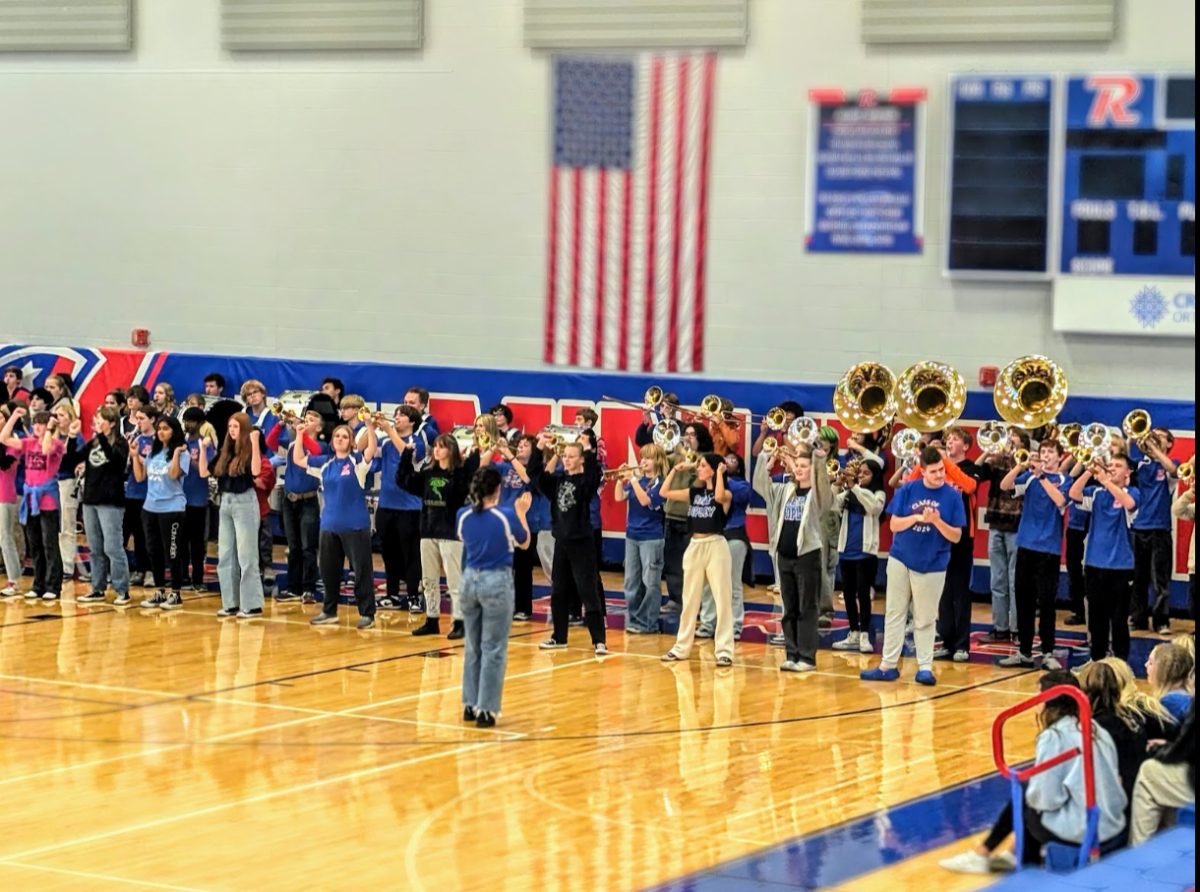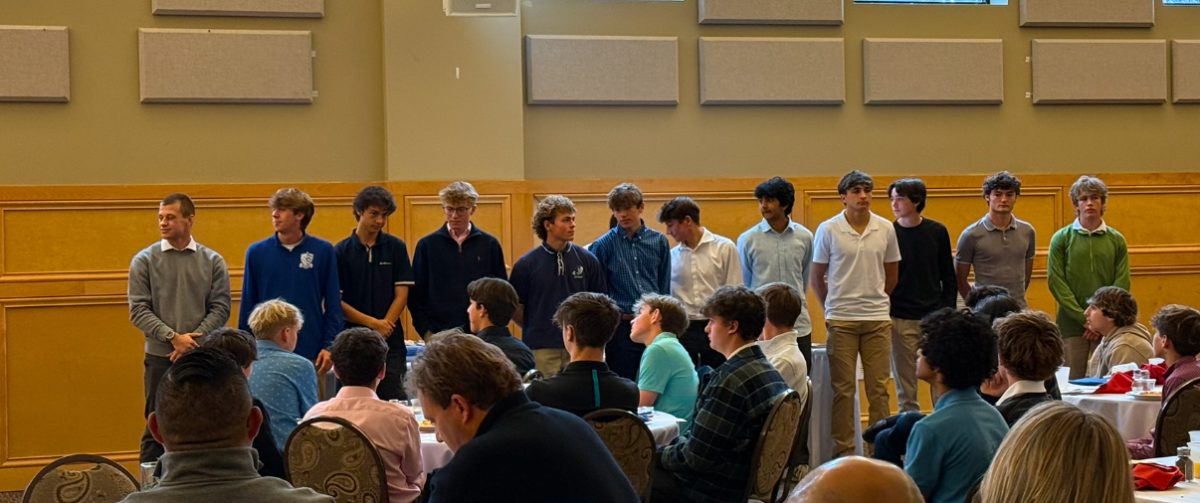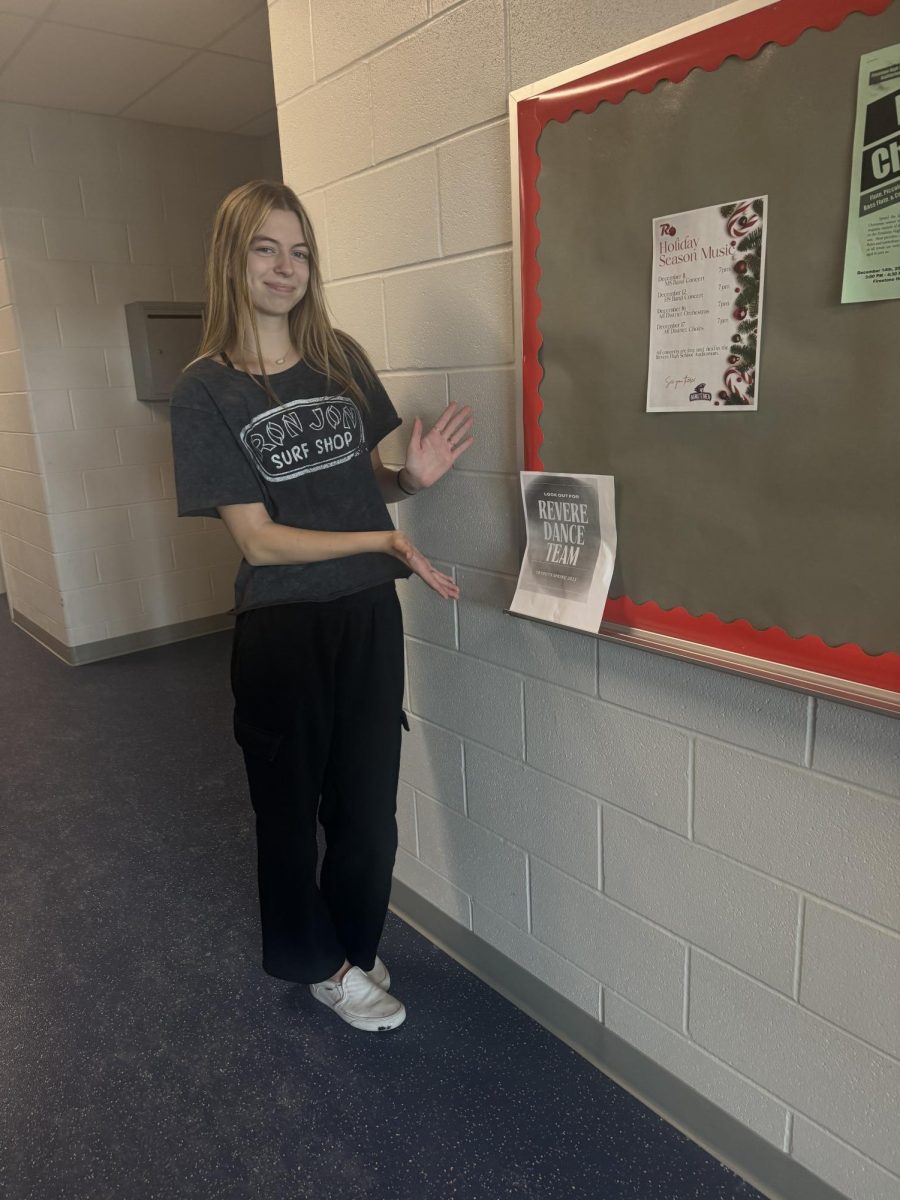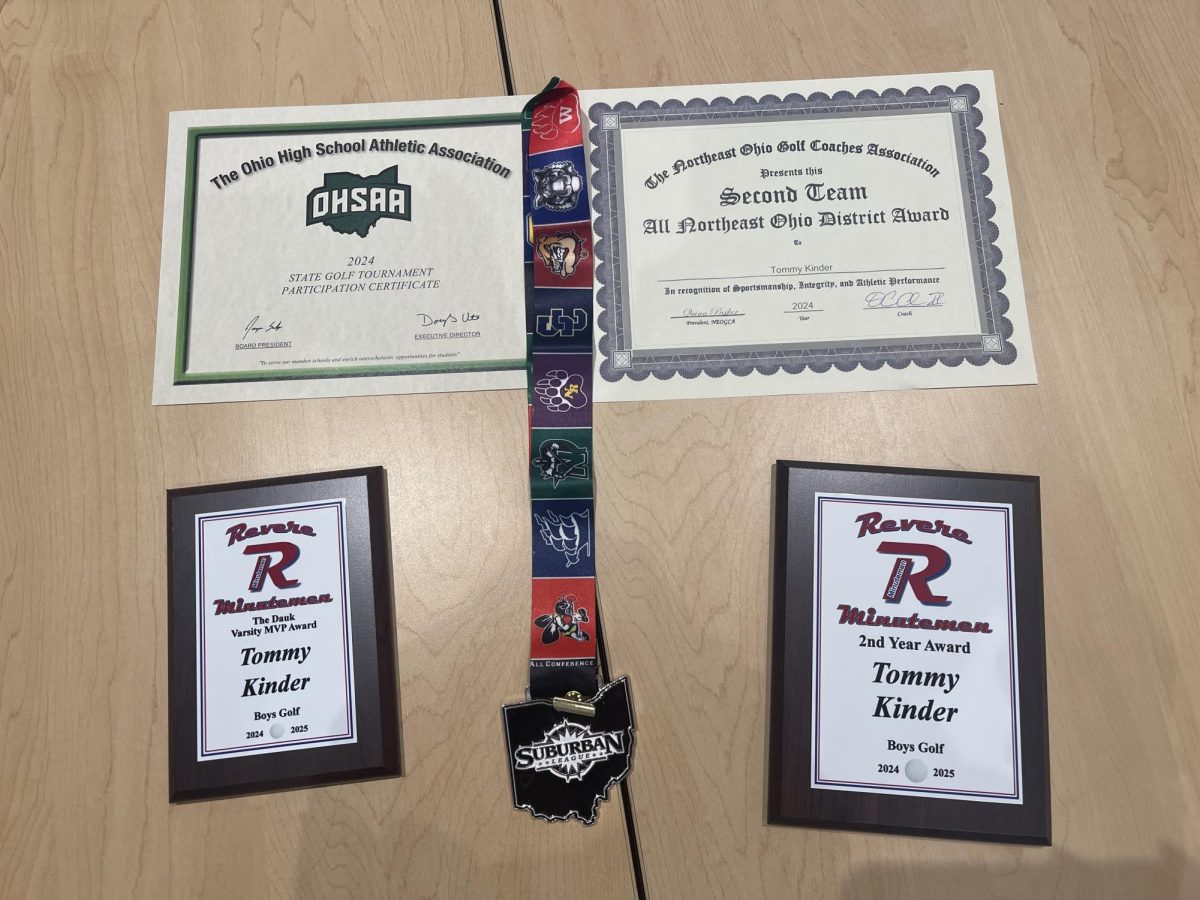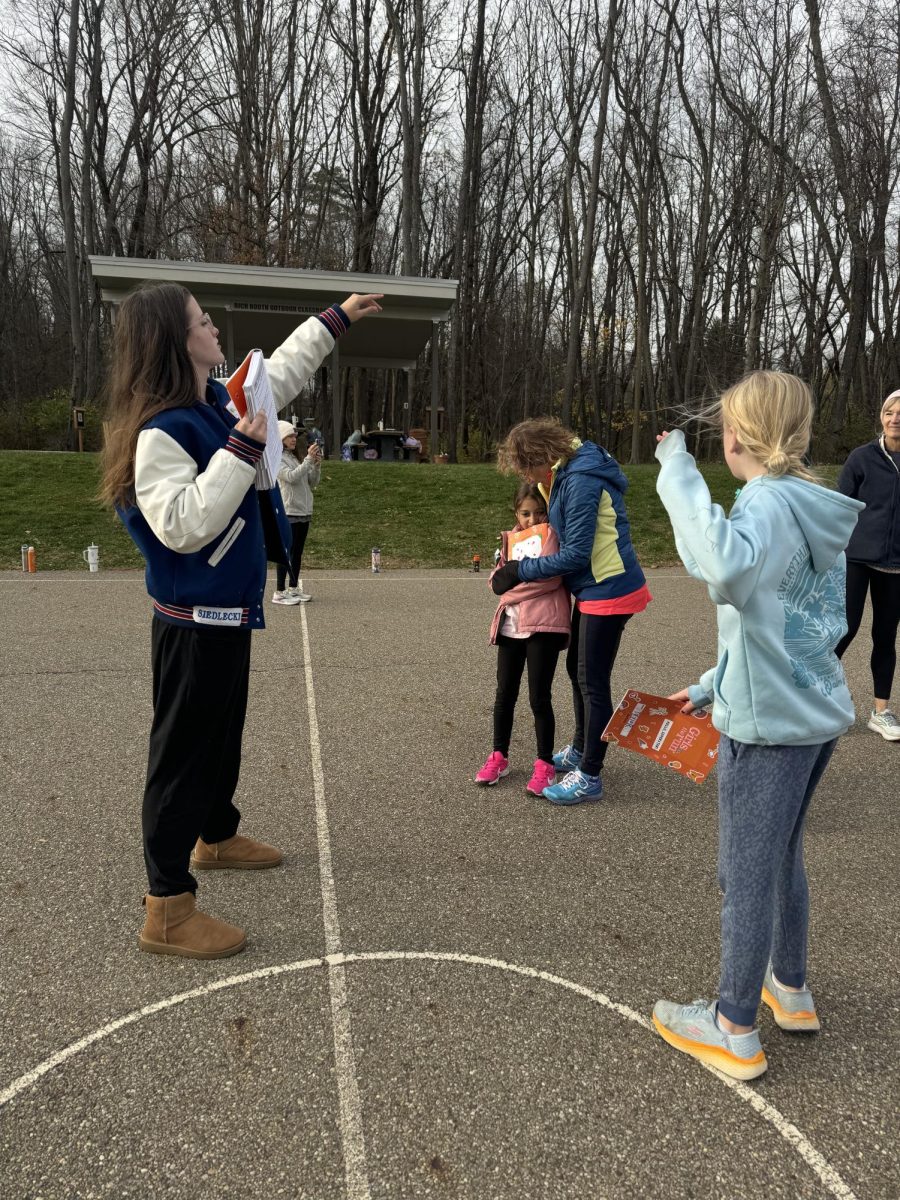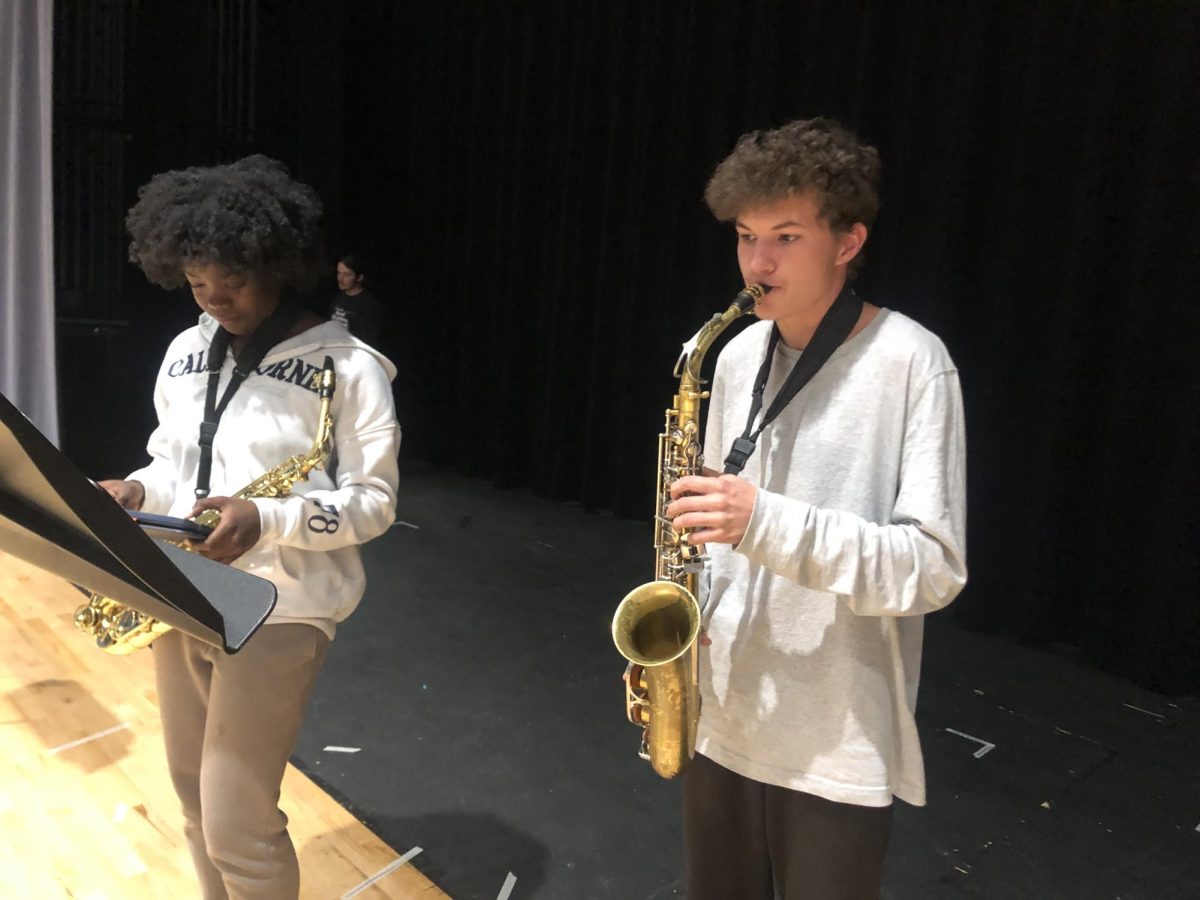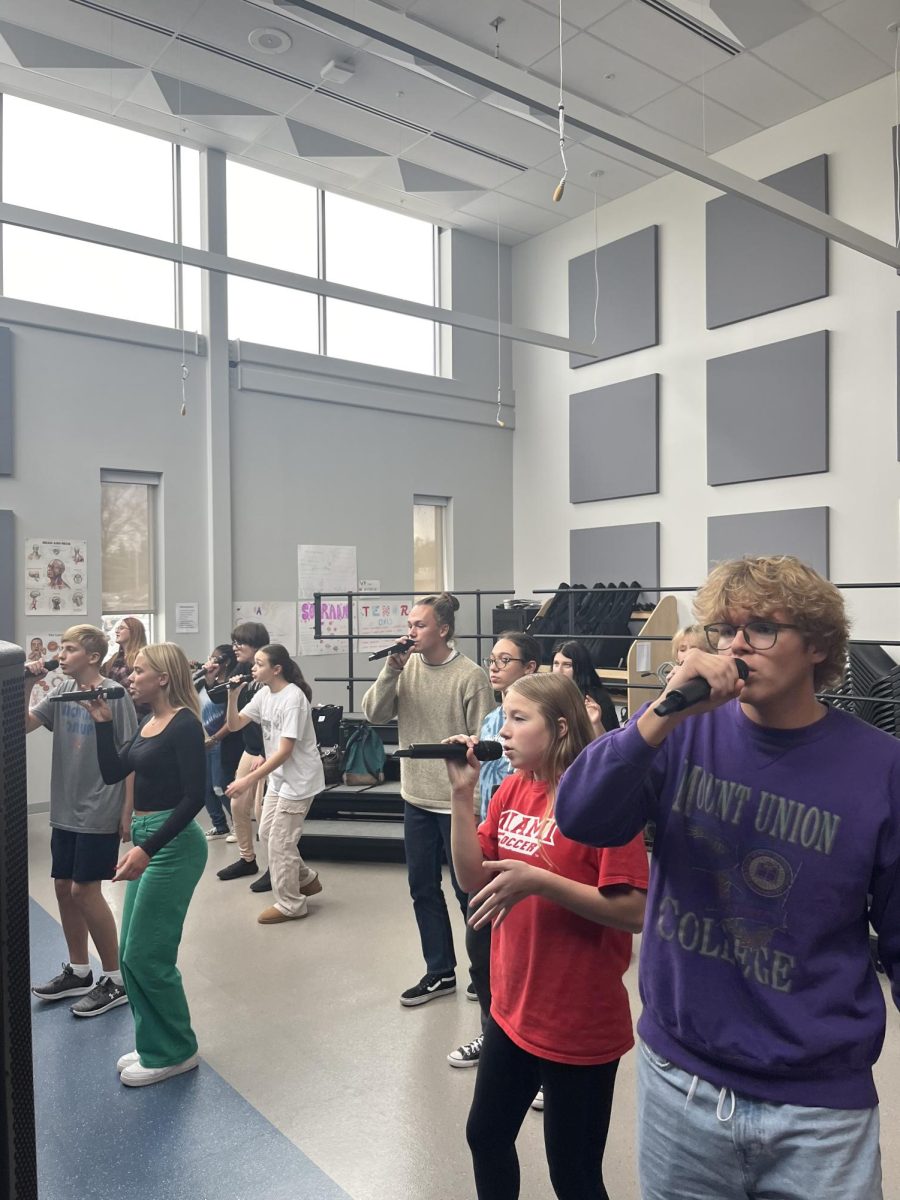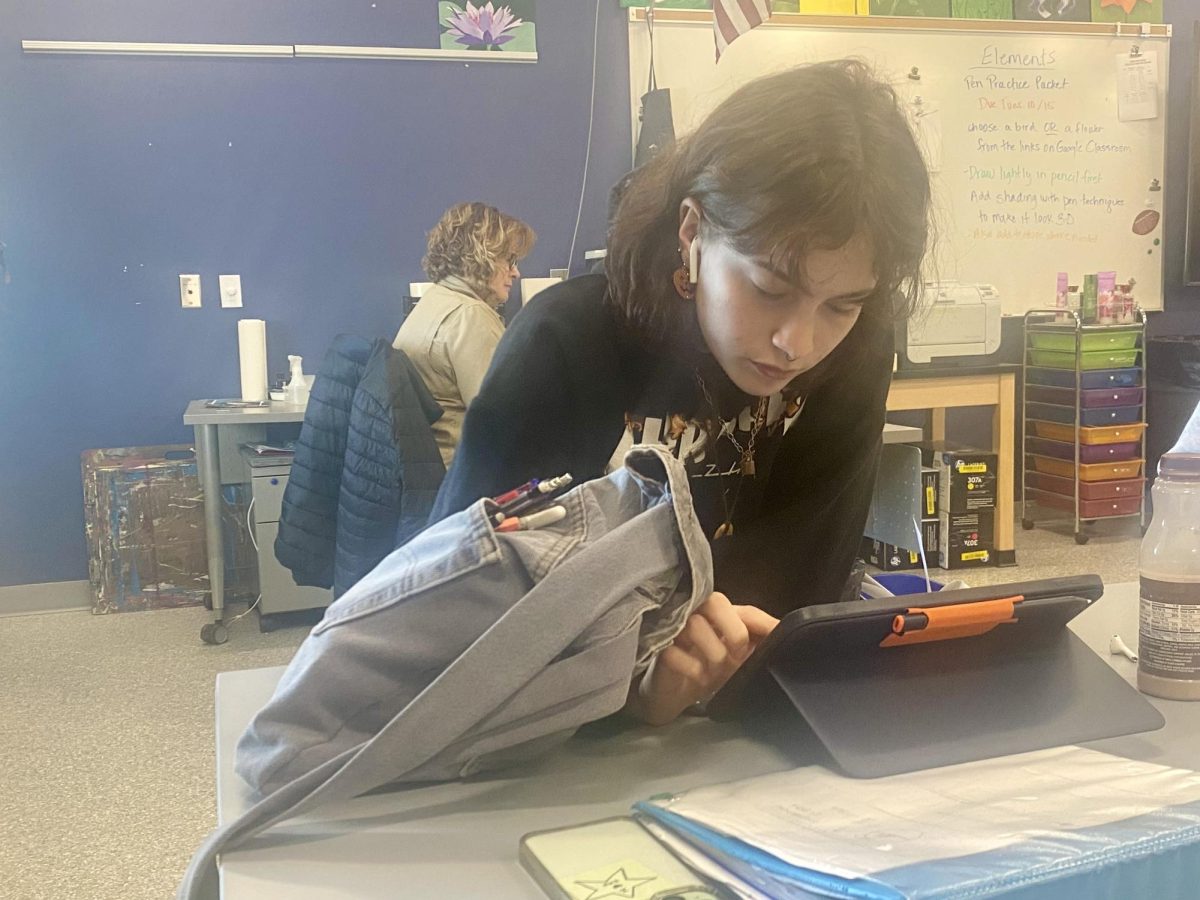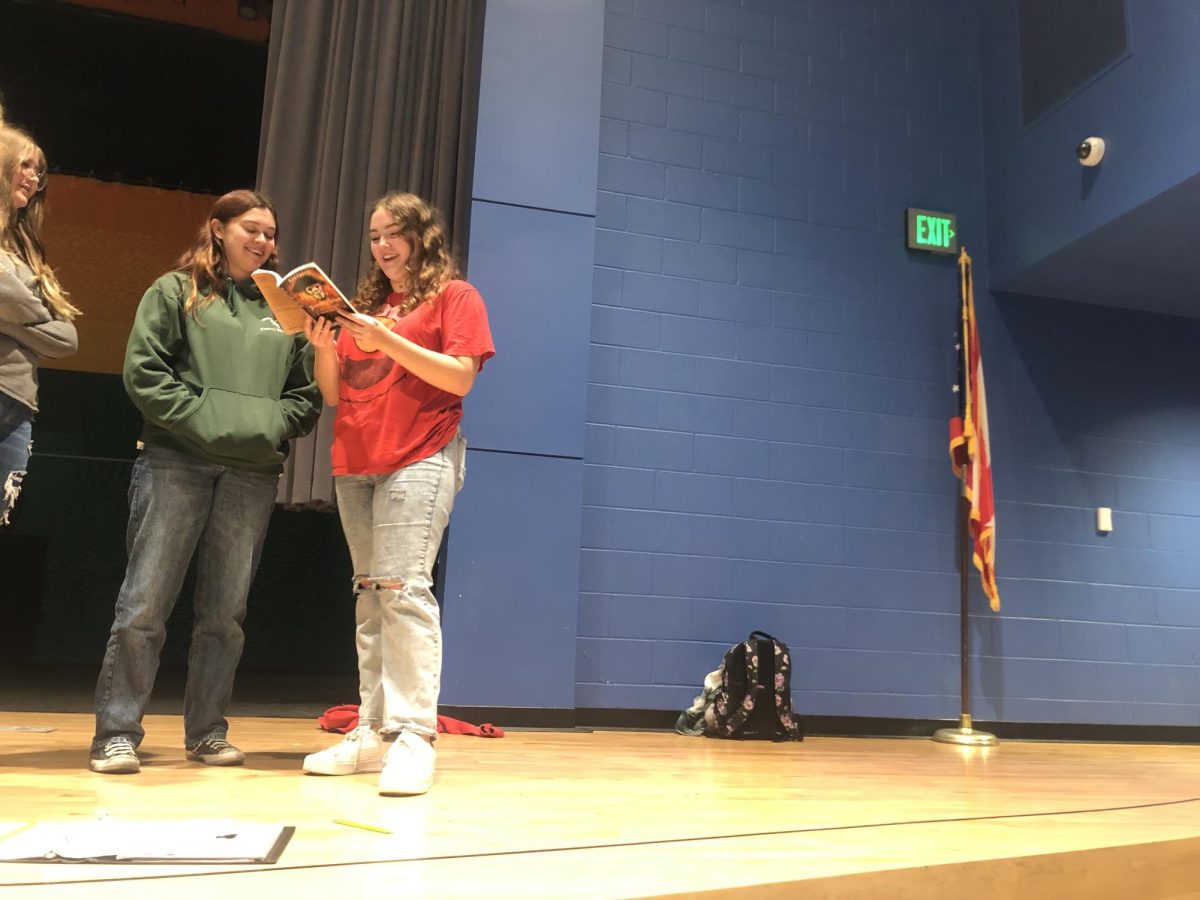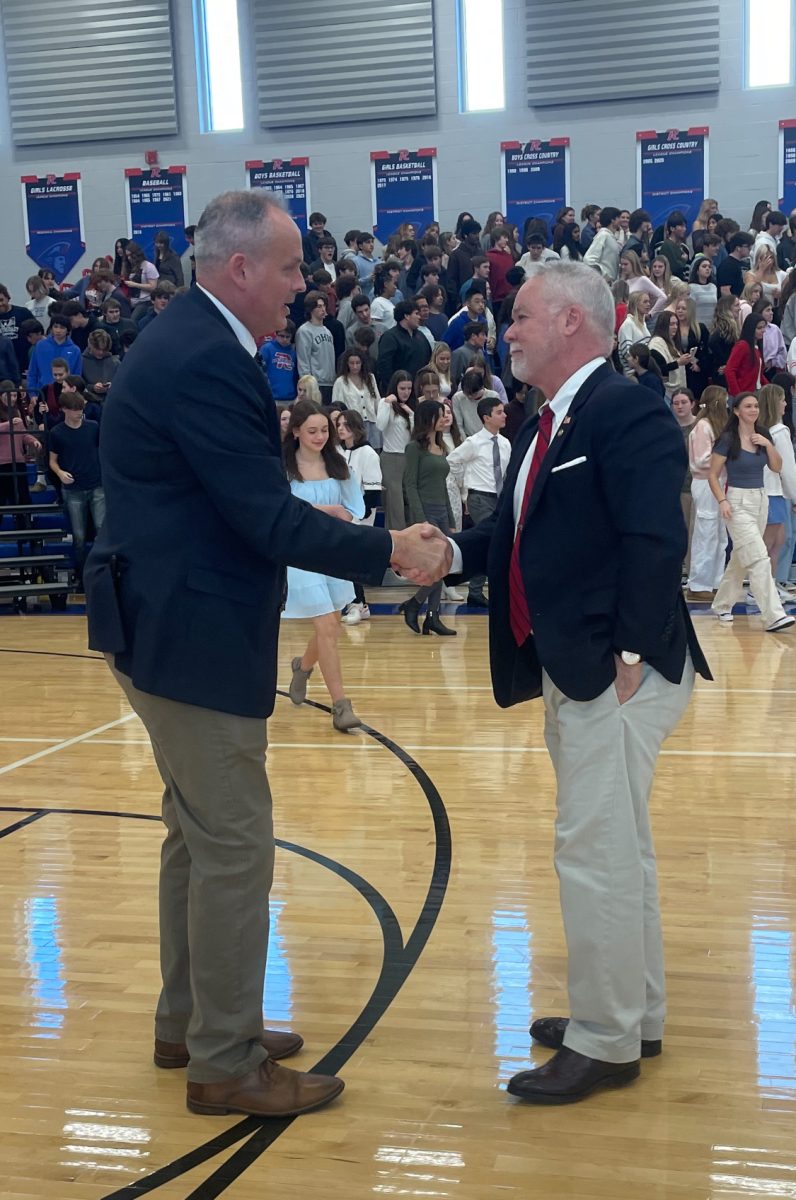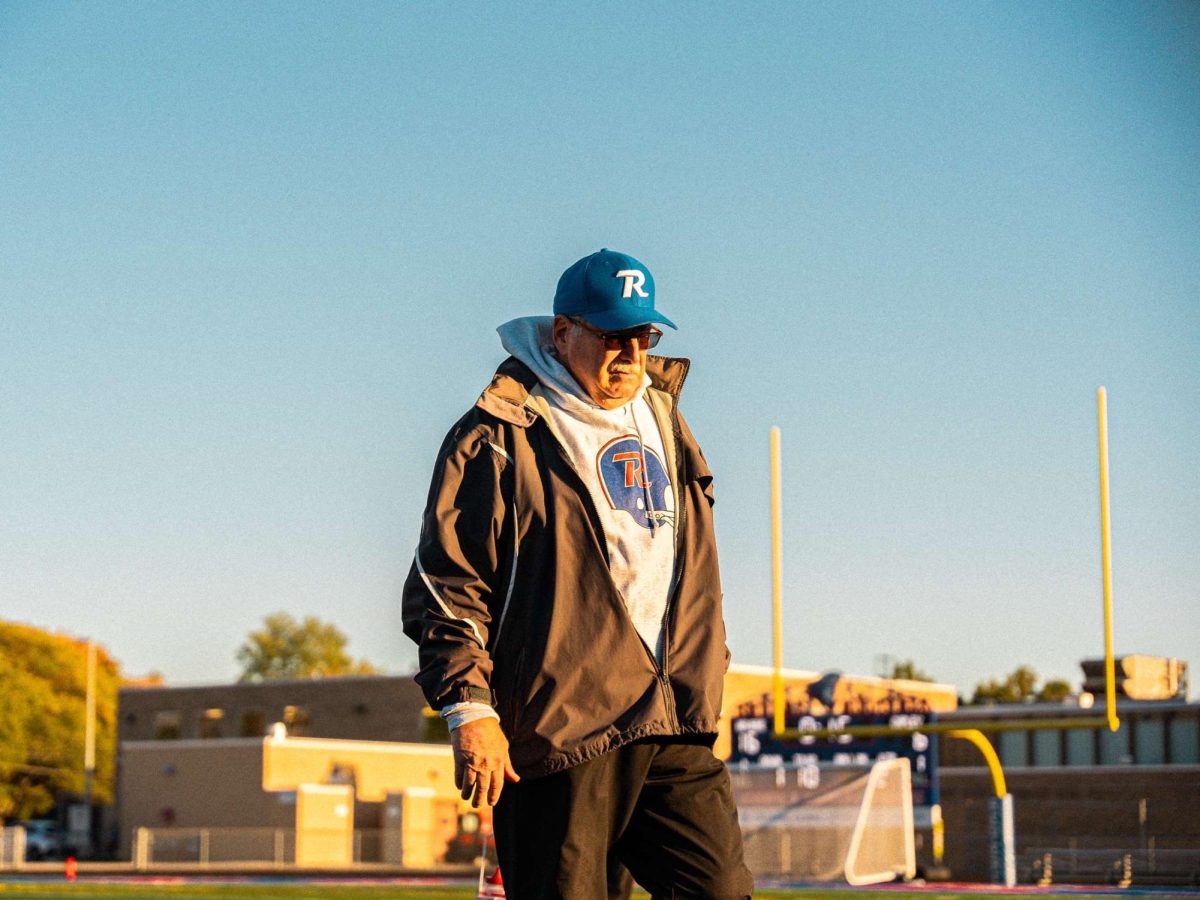The marching band season is a time for students to come together and create music, they practice each week to perfect their routines.
Throughout the season, the band works on a range of routines. The band’s performances are showcased at football games, competitions, and community events. These performances are the culmination of many hours of practice, where every step and note is rehearsed.
A key figure in this process is the band director, Tom Chiera; Chiera is responsible for selecting the music and designing the show’s overall structure.
The marching band season includes drill patterns and synchronized movements. These routines involve choreographed sequences of movements, formations, and musical performances. The combination of music and movement allows marching bands to put on shows.
“Creating a production show is a complex process involving a careful selection of pieces that resonate with the students and that offer school spirit,” Chiera said.
The choice of music is important not just for its sound, but for how it will be received by the students performing it. This decision-making process contributes to the overall effectiveness of the band’s performance throughout the season.
Each season presents an opportunity for students to work as a team, combining their musical skills with physical movement to deliver well-organized performances.
Preparation for these performances begins in advance, with weeks of practice aimed at refining both the music and the routines that accompany it.
Students are responsible for memorizing drill patterns- specific movements and formations. These routines require physical coordination, but also a sense of timing. The success of a performance depends on each member’s ability to stay in sync with the group, both musically and physically.
Student Mori Kovach, a member of the marching band since eighth grade, shared their thoughts on marching bands and the drills conducted. One of the more difficult routines for Kovach was “Down by Ohio,” which required practice.
“One of the most challenging drill patterns was Down by Ohio, but my love of music keeps me motivated,” Kovach said.
Balancing marching band with academics requires discipline and time management; Mori’s dedication keeps them focused on their goals.
These goals include excelling in their performances, but also ensuring their academic responsibilities are met. Mori’s experiences reflect the challenges faced by many students who participate in extracurricular activities.
Beyond performances, the marching band also offers benefits for its members. It fosters teamwork and builds confidence in student’s abilities.
The collective effort to learn drill patterns and perform them together strengthens the bonds between members. It also encourages students to take ownership of their role in the success of the band. The development of these skills extends beyond the field and contributes to personal growth.
Another student, junior Ripleigh Pace, offers her perspective on the marching band season. When asked about her goals, she expressed a desire to improve her skills. Preparing for the season involves practice and physical conditioning.
“My favorite part of marching band is the friends I’ve made,” she said.
As the marching band season progresses, the students continue to practice. Through dedication, these students continue to build on their skills. Marching band requires a commitment to both individual and collective effort. Chiera’s dedication emphasizes the importance of music and having students be invested in their performances.
For many, the marching band experience is not limited to the music or drills but encompasses the lessons learned overall.
The season may only last a few months, but the impact of the experience continues beyond that timeframe. As the marching band season continues, the students remain focused on their goals, refining their routines and preparing for upcoming performances.
To read more about the RHS Marching Band CLICK HERE.

